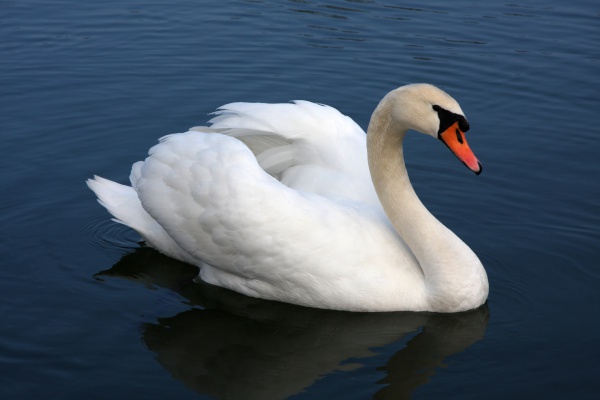Facts About Mute swan
The mute swan is a magnificent bird native to much of Eurasia and the northern parts of Africa. Over the years, it has also established populations in North America, Australasia, and southern Africa. First scientifically described in 1789, the mute swan is easily recognizable by its striking white plumage, orange bill, and the distinctive knob on its upper bill, which is more pronounced in males. Interestingly, despite its Eurasian roots, its closest relatives are the black swan from Australia and the black-necked swan from South America.
Researchers have found mute swan remains dating back 6,000 years in East Anglia, Great Britain, and even older fossils in U.S. states such as California, Arizona, Idaho, and Oregon. These swans are quite large, with adults measuring between 125 to 170 cm in length, with males generally being larger than females. Mute swans are known for their lifelong pair bonds, constructing nests on mounds in shallow waters and feeding on a variety of aquatic plants.
Unlike other swan species, mute swans are relatively quiet. They communicate through sounds such as grunts, whistles, and hisses. During the breeding season, females lay between four to ten eggs from May to July, and the eggs hatch after about 36 days. The young swans, called cygnets, take about 120 to 150 days to fledge.
Mute swans are primarily found in the temperate regions of Europe and Asia, but they migrate to Africa and the Mediterranean during certain times of the year. Although they are protected in many areas, they still face threats from illegal hunting and poaching.
In the late 19th century, mute swans were introduced to North America, where they have become an invasive species. Their population has grown rapidly, often causing disruption to local ecosystems. Initially, many of these swans were kept in captivity, but some escaped and established wild populations, particularly in the eastern United States and around the Great Lakes.
The mute swan holds a special place in popular culture. It appears on commemorative coins, is the national bird of Denmark, and features in various literary works and traditions.

 Russia
Russia